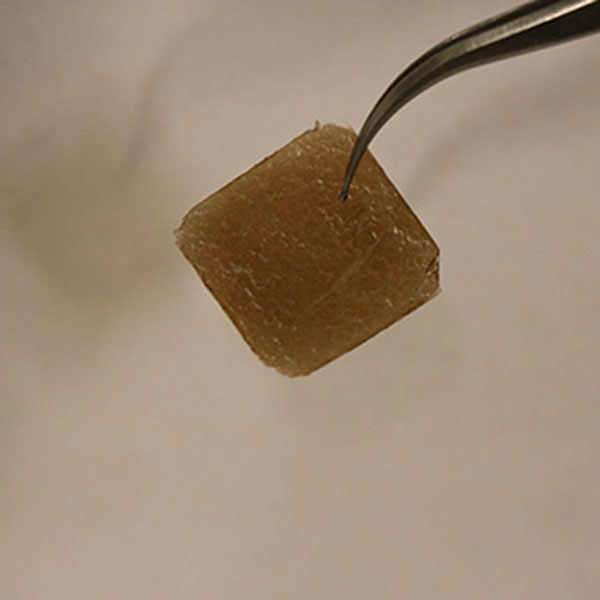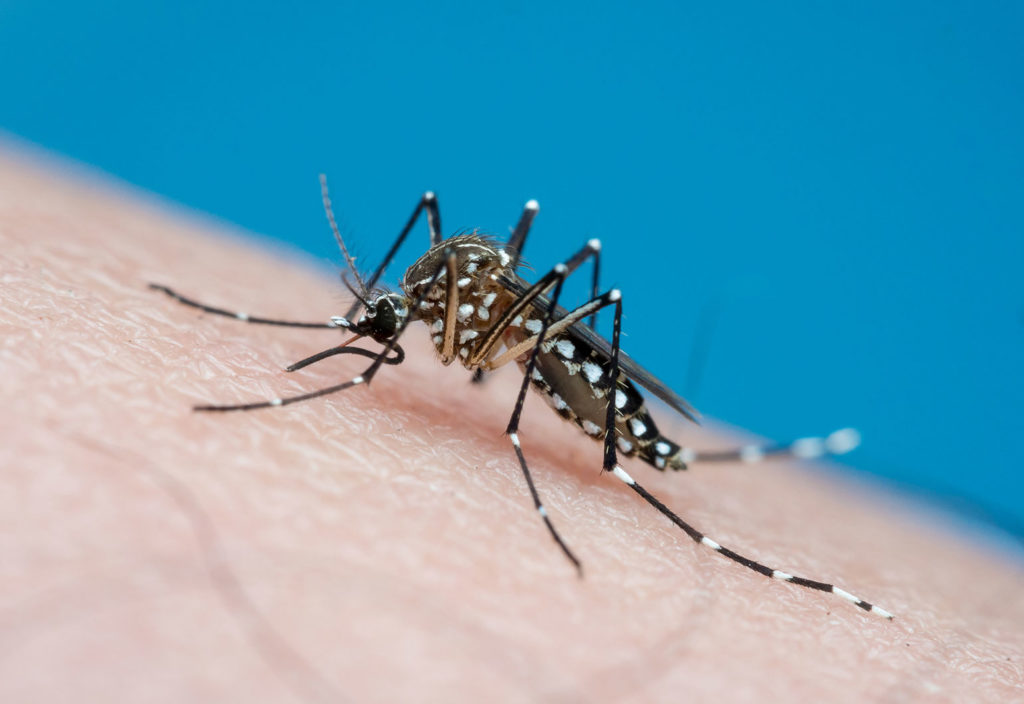Turns out that graphene has yet another stand-out property: it can block the signals mosquitoes use to sniff out tasty human blood.
The two-dimensional super material has attracted a lot of attention for its strength, transparency, flexibility and conductivity, which lend themselves to applications in health, energy storage, optics and electronics.
While many of these applications are yet to be commercialised, one that has made it out of the lab is graphene clothing, where the super material is used either as a coating, lining or woven fibre to provide thermal insulation and equalisation.
Engineering researchers at Brown University in the US have recently published a study that points to an additional protective quality of graphene-lined garments: they could act as a chemical-free mosquito repellent.
This property could be useful to fend off the host of nasty conditions transmitted by the biting insect. Australian mosquito-borne diseases include Ross River Virus, Barmah Forest Virus and Dengue Fever, and overseas travellers can add malaria and Zika virus to the list.
“Mosquitoes are important vectors for disease all over the world, and there’s a lot of interest in non-chemical mosquito bite protection,” said senior research author Professor Robert Hurt in a university statement.
Not a single bite
Hurt said his research team was working on graphene fabrics to guard against toxic chemicals, and decided to test whether the material could act as a barrier against mosquito bites.

The researchers enlisted volunteers to test their theory, and covered their arms so that only a small patch of skin was exposed to bites. For some participants, the skin was bare, while for others it was covered in either cheesecloth or a film made from graphene oxide (GO).
When volunteers put their arms in an enclosure of (disease-free) mosquitoes, the insects dined enthusiastically on bare and cheesecloth-covered skin, but the GO film barriers yielded very different results.
“With the graphene, the mosquitoes weren’t even landing on the skin patch – they just didn’t seem to care,” said study lead author and PhD student Cintia Castillho.
Itchy when wet
Castillho explained that the team assumed that the graphene and GO films would prevent mosquitoes from physically piercing the skin underneath, but the insects’ behaviour indicated that the graphene was also blocking chemical signals that led them to a potential meal.
The researchers confirmed this property by dabbing human sweat on the outside of the GO patches, and observing that mosquitoes no longer stayed away.
The GO film also absorbed the sweat and became a soft hydrogel, and no longer provided mechanical protection against bites. But by conducting experiments that used a small needle to simulate the biting mechanism, combined with mathematical modelling of the process, the researchers showed that pristine graphene film still provided physical protection against mosquitoes in wet conditions, as did a form of GO with lower oxygen content (known as rGO).
Because GO is breathable and allows the wearer to sweat freely, it is a better option than graphene or rGO for a wearable fabric that could be incorporated into clothing. For this reason, Hurt’s team is interested in finding ways to improve the physical properties of GO in the presence of moisture.
“Our preferred embodiment of this technology would be to find a way to stabilise GO mechanically so that is remains strong when wet,“ Hurt said.
“This next step would give us the full benefits of breathability and bite protection.”
